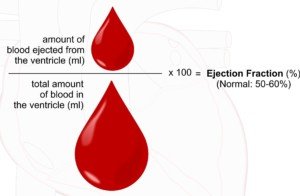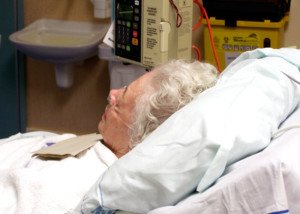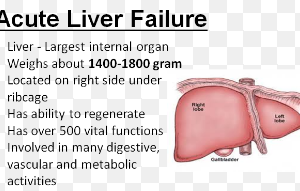How is it that some will have acute heart failure with an ejection fraction of 15% and die, while others are quite alive with a much lower ejection fraction?
I was inspired to write this article after reading posts on a site for heart failure patients.
People were saying their ejection fractions were 10 percent, eight percent … even five percent. None were saying they were dying or in hospice.
Meanwhile, people with ejection fractions in the 20s have been known to suffer acute decompensation and die.
- What’s going on here?
- Just how low can ejection fraction get before it becomes fatal?
- Is there more to survivability than just that number?
“That’s a tough question to answer,” says Mark Pool, MD, a board-certified cardiothoracic surgeon based in TX who’s been in private practice since 2011.
Dr. Pool continues, “I would liken it to asking, ‘How fast could a motorcycle rider go on the highway?’ Lower is worse for ejection fraction, just like faster is more dangerous on a motorcycle.
“But there is no specific speed at which all motorcycles will crash. There is no ejection fraction that means automatic death.
“I’ve seen some patients with an ejection fraction of 10 percent who thought they were fine — minimal shortness of breath or foot/ankle swelling — and I’ve had patients with terrible shortness of breath and swelling with an ejection fraction of 20 percent.
“I’m not sure why that is, other than the human body is very adaptable, and some people can get used to a low EF and not have many untoward bodily effects.”
Why can a person with an EF of 15 percent suffer liver and kidney injury due to poor cardiac output, while others are living their lives with ridiculously low ejection fractions?
Sure, they may have chronic renal insufficiency (e.g., stable creatinine between 2 and 2.5), but that’s the key word: stable.
“This is unclear to me, too!” says Dr. Pool. “Why are some people seven feet tall and some five feet tall? Genetics, hormones, etc., etc., but it is still a bit unclear, because differences exist within siblings; same with heart failure.”
Keep in mind that someone who claims an ejection fraction of five percent and is not in hospice is probably under age 65. Well under.
A younger body, just in general, is better able to compensate for a very badly functioning organ.
Which heart would you rather have? One with an EF of five percent or one with an EF of 15 percent? Well, the answer is obvious.
But what if you then learned that the one with the EF of five percent is 45 years old, and the one with the EF of 15 percent is 90 years old? Don’t bet the farm on that higher EF, 90-year-old heart.
Another explanation for why someone could be surviving with a super low ejection fraction is because of the filling volume of their heart chambers before each beat.
Ejection fraction is not an absolute number.
A patient with an EF of five may still have a greater output of oxygenated blood per minute than a person with an EF of 15 or even 20.
Remember, EF is a percentage of the blood pumped out of the heart, not an absolute amount.
Five percent of a moderate amount of blood can be more than 20 percent of a small amount.
In other words, how much blood is in the heart before each ejection of blood factors into how adequately or poorly the organs are perfused.
“Yes, there are physiologic factors that may account for failure or success clinically when it comes to a set low EF,” says Dr. Pool.
“That is why attention to salt intake and fluids and medications are very important.
“There must be factors that are poorly defined that allow one person to do okay with extremely low ejection fraction but another person to struggle with a modestly low EF.”

Dr. Pool performs some of the most complicated and high-risk heart surgeries in North Texas, including redo operations and multi-valve surgery, and has performed over 3,000 major operations.
 Lorra Garrick has been covering medical, fitness and cybersecurity topics for many years, having written thousands of articles for print magazines and websites, including as a ghostwriter. She’s also a former ACE-certified personal trainer.
Lorra Garrick has been covering medical, fitness and cybersecurity topics for many years, having written thousands of articles for print magazines and websites, including as a ghostwriter. She’s also a former ACE-certified personal trainer.
.










































